Have you ever wondered how a gigantic cruise ship can sail across the ocean, all the while keeping the lights on, the pools filled, and the ice cream machines churning? The secret lies in a treasure trove not of gold, but of fuel!
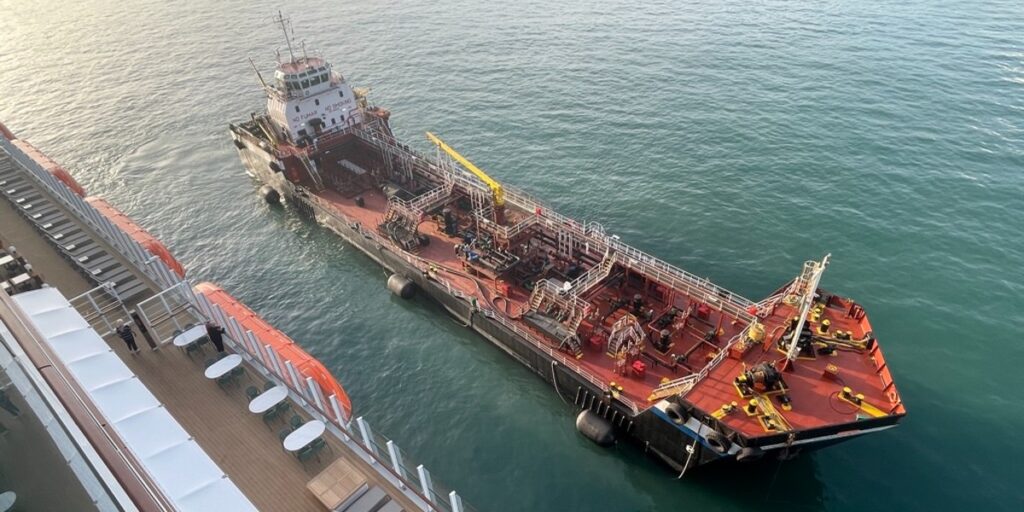
And we aren’t just talking a little – this is seriously industrial, jaw-dropping quantities of the stuff.
Even with the impressive size of modern cruise ships, you might be surprised at just how much fuel they can hold…
Firstly – There Isn’t One Fuel Type
Cruise ships, especially older ones, primarily use a type of fuel called Heavy Fuel Oil (HFO), a residual product from the crude oil refining process, which is cheap but highly polluting.
That’s why a lot of the newest ships are powered by Liquefied Natural Gas (LNG), which is cleaner but more expensive.
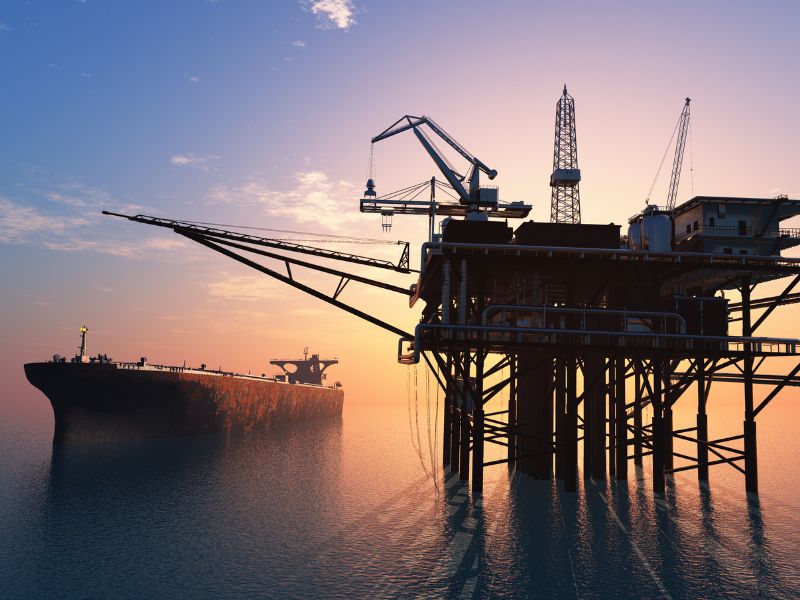
While Heavy Fuel Oil is known for its cost-effectiveness, this type of fuel has raised environmental concerns due to the high sulfur content, contributing to air pollution and potentially accelerating climate change.
These issues have led to stricter International Maritime Organization (IMO) regulations regarding the sulfur content in fuel, driving the industry towards cleaner alternatives.
One such alternative is Liquefied Natural Gas (LNG). This type of fuel has less impact on the environment, emitting fewer greenhouse gases and virtually no sulfur oxides or particulate matter.
However, the infrastructure for LNG refuelling is not yet widespread, and the fuel itself is more expensive than HFO, making the transition challenging for the cruise ship industry.
Suggested read: List Of LNG-Powered Cruise Ships
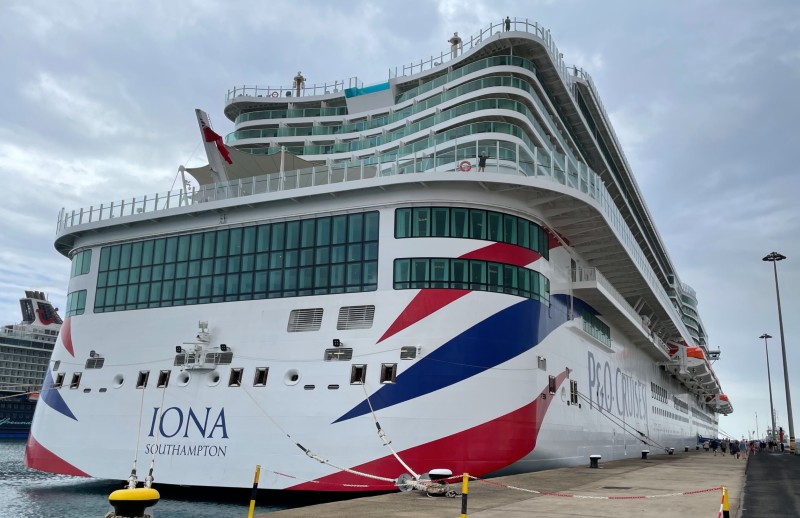
Other cruise ships use Marine Gas Oil (MGO), especially in environmentally sensitive areas like the Arctic, where cleaner fuel use is mandated.
Some modern cruise ships are even exploring the possibilities of hybrid propulsion systems, combining diesel engines with battery power, or potentially using renewable sources such as wind or solar power.
However, these are still in the early stages of development and implementation.
Suggested read: The Future is Bright for Solar-Powered Cruise Ships
It’s important to note that the choice of fuel for a cruise ship often depends on a variety of factors, including the ship’s size, the length of the voyage, the availability of fuel at different ports, cost, and environmental regulations.
Despite the challenges, the cruise ship industry is gradually moving towards cleaner, more sustainable fuels in response to growing environmental concerns and regulations.
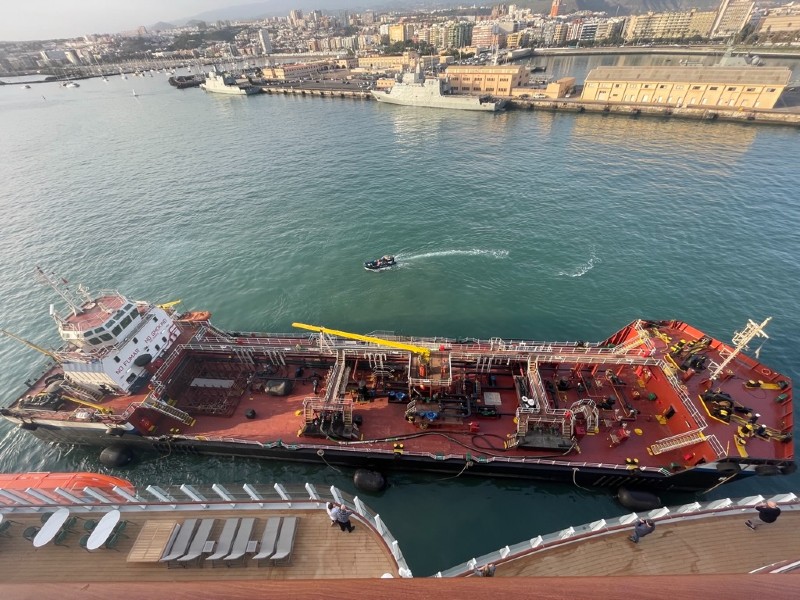
Millions of Gallons Needed
A large cruise ship, such as Royal Caribbean’s Oasis-class ships, can carry approximately 1.33 million gallons (approximately 5 million litres) of fuel.
However, the exact amount of fuel a cruise ship needs to filll the tank varies depending on the size of the ship, its engine efficiency, and the length and nature of its voyages.
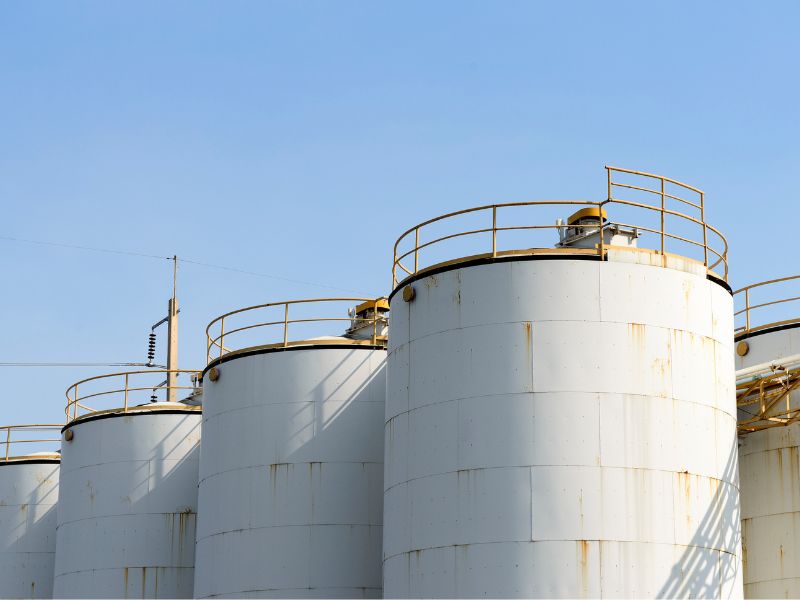
For example, a small-to-midsize cruise ship might require several hundred thousand gallons of fuel, while a larger vessel, like the Wonder of the Seas, one of the world’s largest cruise ships, can carry up to 1.33 million gallons (approximately 5 million litres) of fuel.
It’s important to note that these numbers represent the total capacity of the ship’s fuel tanks and not necessarily the amount used in a single voyage.
Fuel Tank Sizes
It’s important to understand that a ship’s fuel tank isn’t a single giant container, but usually a complex system of tanks located in different parts of the ship. This distribution helps maintain the balance and stability of the ship.
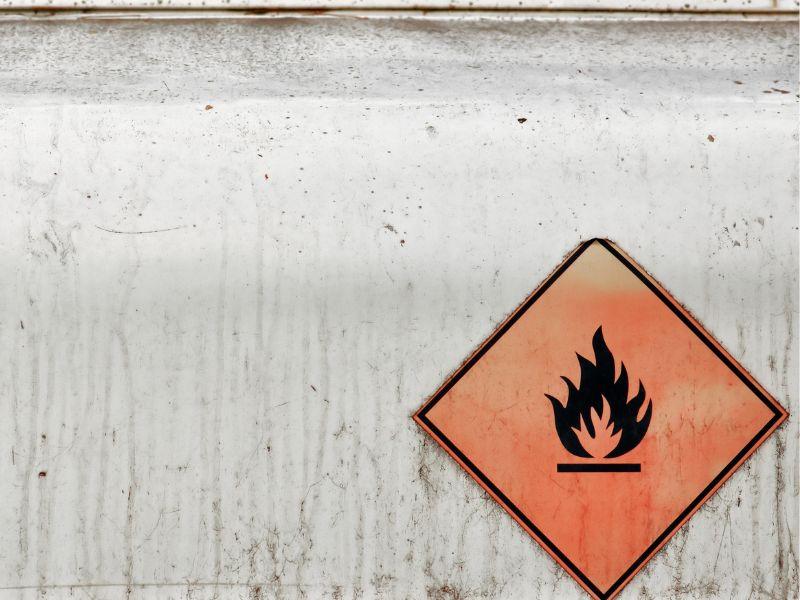
These tanks are not only designed to hold fuel but also have mechanisms to manage the fuel’s temperature and viscosity, ensuring it’s in the optimal state for combustion in the ship’s engines.
Smaller cruise ships, naturally, have smaller fuel tanks. They may carry several hundred thousand gallons (up to a couple of million litres) of fuel, sufficient for shorter voyages.
Even within a single ship, the capacity of individual fuel tanks can vary, with some tanks designed to hold the primary fuel supply and others for reserve or emergency use.
Ultimately, the size of a cruise ship’s fuel tank will be designed to meet the operational requirements of the ship, considering factors like the length and nature of its voyages, its fuel efficiency, and the availability of refuelling facilities along its routes.
Time To Fill
The time it takes to refuel a cruise ship depends on various factors, including the size of the ship and the type of fuel.
On average, refuelling a large cruise ship with Heavy Fuel Oil (HFO) can take up to 8-10 hours. For Liquefied Natural Gas (LNG), the process can take somewhat longer due to the complexities of handling this type of fuel.

The process of refuelling a cruise ship, also known as bunkering, is a complex operation that involves both the delivery of the fuel and its safe transfer to the ship’s tanks. The time required can vary widely depending on the ship’s size, its fuel capacity, the type of fuel, and the infrastructure and procedures in place at the refuelling port.
Cruise ships are often refuelled while in port during passenger turnover, so the refuelling process is often designed to align with the ship’s broader operational schedule. For example, the bunkering process may start in the early morning when a ship arrives in port and aim to finish by the afternoon when the ship departs.
The Costs Are Staggering!
The cost to fill a cruise ship with fuel will, as with every other stat here, depend on the specific ship and also the type of fuel.
For instance, if a large cruise ship has a fuel capacity of 1.33 million gallons and the price of Heavy Fuel Oil (HFO) is $3 per gallon, it would cost approximately $4 million to fill it.

If LNG costs, for example, $4 per gallon, the cost to fill the same-sized ship would be over $5.3 million.
However, actual costs could be higher or lower, given that LNG prices can also vary widely, influenced by factors like regional availability, demand, and the costs of storage and transportation.
Those prices aren’t necessarily up to date because the price of fuels fluctuates a lot! But that’s the sort of costs you can expect as a very rough guideline.
Fuel Efficiency Of Ships
For a large, modern cruise ship, the fuel efficiency might be around 0.002 miles per gallon (mpg) or even less. This means that the ship travels approximately 0.002 miles for every gallon of fuel it consumes.
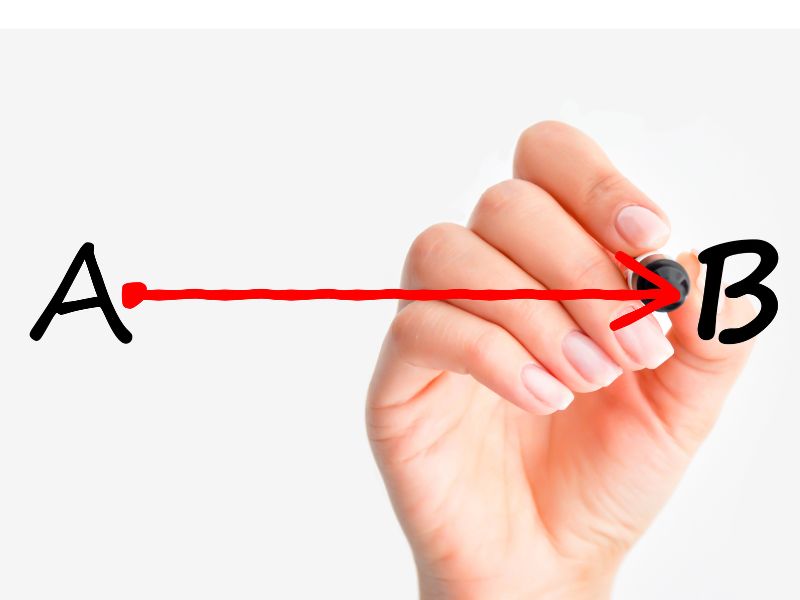
Another way to express this is to say that the ship consumes approximately 14 gallons of fuel for every mile it travels.
In terms of cost, if the current price of Heavy Fuel Oil (HFO) is $3 per gallon, it would cost approximately $42 to propel the ship one mile.
These are rough estimates and actual fuel efficiency can vary based on so many different factors. These can include the ship’s size, speed, and load, the sea and weather conditions, and the efficiency of the ship’s engines and other systems.
For example, a ship travelling at higher speeds will consume more fuel per mile, as will a ship that is carrying a heavy load of passengers and cargo.
The fuel efficiency of a cruise ship is much lower than that of most other forms of transportation, largely due to the massive size and weight of these vessels.
Fuel Per Hour
On average, a large cruise ship may consume up to around 250 tons of fuel per day, translating to about 10 tons per hour, assuming the ship is operating continuously for 24 hours.
In terms of cost, if we assume the price of Heavy Fuel Oil (HFO) – the most commonly used fuel for cruise ships – is around $600 per ton (a rough estimate, as prices can fluctuate), the hourly fuel cost for a cruise ship is around $6,000 – or a daily cost of $145,000.
It can be a lot higher too – up to $200,000 per day!
Cruise ship operators continually seek to manage and reduce their fuel costs, which represent a significant portion of their operating expenses. Strategies can include optimizing ship speeds and routes, improving the fuel efficiency of ships through technological upgrades or better maintenance practices, and exploring alternative fuels or power sources.
It’s also important to note that environmental regulations in many parts of the world are encouraging or requiring ship operators to reduce their emissions, which can add another layer of cost and complexity to the management of a cruise ship’s fuel consumption.
This is leading to increased interest in cleaner fuels like Liquefied Natural Gas (LNG), as well as technologies like fuel cells and battery power for certain shipboard systems.
The Bottom Line
So, to wrap things up, really big cruise ships can hold a lot of fuel – about 1.33 million gallons, or similar to 5 million big soda bottles!
That’s way more than cars which usually only hold around 12 to 20 gallons, and even more than aeroplanes which can carry around 60,000 gallons
However, cruise ships aren’t as good at using fuel as cars or planes, which means they need more fuel to travel the same distance. That’s why people who make cruise ships are always trying to find ways to make them use less fuel and be kinder to the environment.
TODAY’S BEST CRUISE DEALS!
Don’t miss these offers…
Related Topics
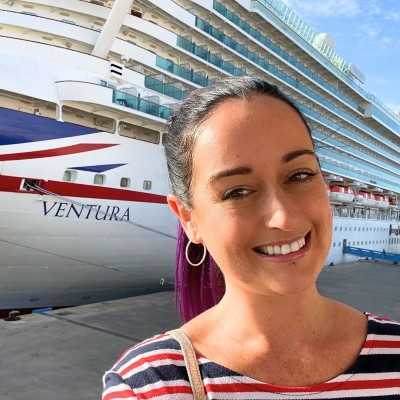
Jenni Fielding is the founder of Cruise Mummy. She has worked in the cruise industry since 2015 and has taken over 30 cruises. Now, she helps over 1 million people per month to plan their perfect cruise holidays.


